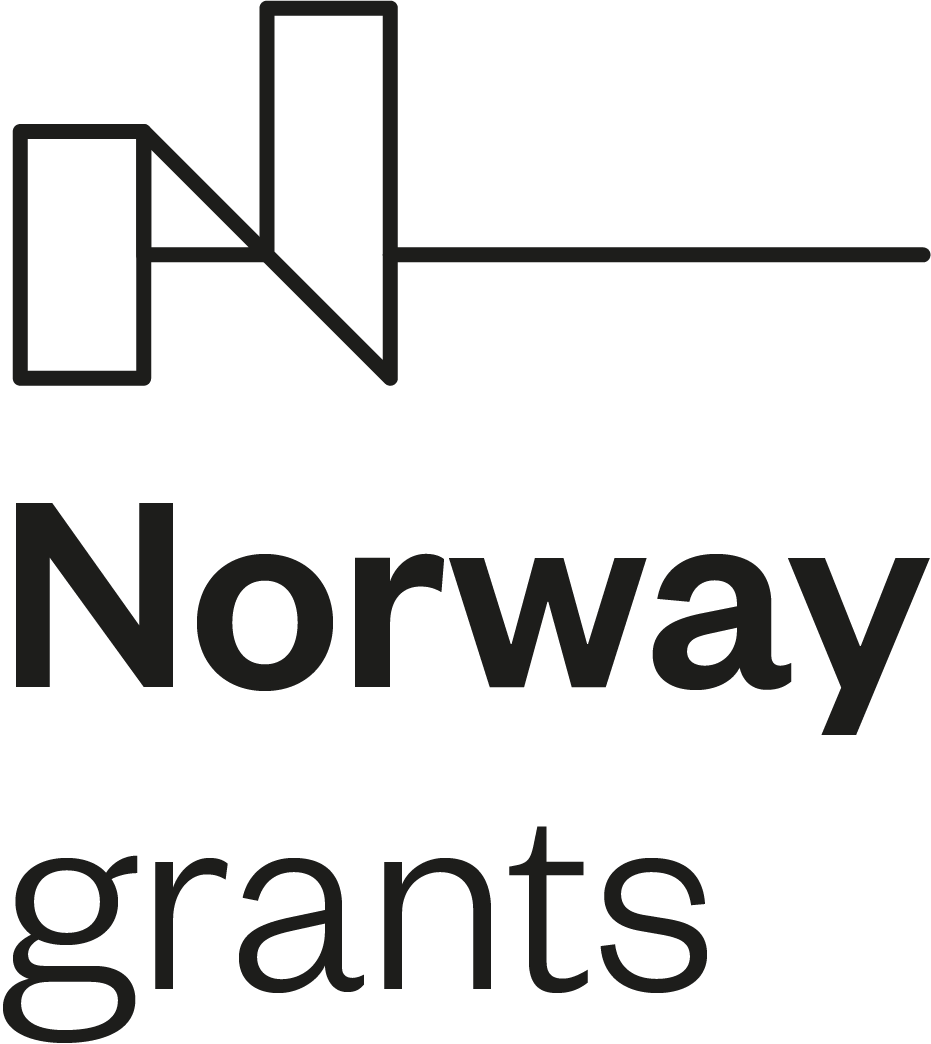Arguments in favor of gender equality:
- human rights (equal treatment, right to equal share of resources);
- justice, democracy,
- balanced politics and social development;
- enrichment of free competition and competition,
- improving the quality of life;
- greater freedom of choice and decision-making;
- broadening life perspectives
Gender justice is the belief that inequality of opportunity and unequal treatment, based solely on gender, is wrong and unfair. Gender mainstreaming is a strategy to encourage actors to focus on gender equality in their actions. The concept of gender justice includes three areas of justice:
1. Sphere of membership, political participation: equal participation and representation of women and men in all official institutions, equal distribution of power and influence between men and women;
2. sphere of share in material resources, satisfaction of needs (welfare, needs): equal opportunities for men and women - economic independence, as well as equal opportunities to develop their personal ambitions, interests and talents,
3. sphere of institutions and position in it (office): equal opportunities for career and employment development, equal access of girls and boys as well as women and men to education, equal responsibility for children and household in family life
POSITIVE AND NEGATIVE GENDER DISCRIMINATION
Positive gender discrimination basically favors certain groups of otherwise disadvantaged citizens, so it is the exact opposite of negative, restrictive gender discrimination. We could also describe the concept of positive discrimination as favoring the discriminated or favoring the disadvantaged. It is associated with an effort to compensate them for their disadvantage. A more accurate term than positive discrimination is compensatory action. As arguments in favor of positive discrimination, Bobek cites the correction of previous wrongs, the redistribution of goods, greater social cohesion (which also contributes to easing social tensions).
If positive gender discrimination is to be important for the present and the future, which happens in favor of mothers, women, programs for socially maladapted groups, the interest of the minority also becomes important for the majority, which can expect profit from these measures in the future.
By a method which according to § 8 par. 8 of the Anti-Discrimination Act ensures the purpose of this standard, there are special compensatory measures. The question whether such compensatory measures are to be regarded as positive measures incorporating techniques generally known in the elimination of the consequences of discrimination caused by objective circumstances or facts must be answered in the affirmative. Such measures may only aim to eliminate the consequences of previous discrimination and unequal opportunities in achieving the same result. It follows that special compensatory measures must be understood as favoring a group of persons, with particular regard to their previous disadvantage, which prevented them from having equal access to opportunities in practice. At the same time, such measures complement the effects of the principle of equal treatment, which would not in itself be sufficient for disabled groups of people to ensure equal access to opportunities, which cannot, however, mean equality of the results of such access.
According to Debrecen, positive discrimination is a positive approach - that is, measures that would allow certain benefits to be provided to members of the groups as compensation for the disadvantages that these individuals have suffered or are undergoing. The aim of using positive action measures is to achieve greater equality in real life. A positive approach can take various forms in practice. These may be, for example, programs for less developed areas or parts of cities with high unemployment, where mostly members of racial or ethnic groups live, or educational programs aimed exclusively at women and aimed at increasing their training and employment opportunities. Measures of a positive attitude can also be the so-called quotas - ie the determination of a certain exact number of places that, for example, must be filled by members of a disadvantaged group when they are admitted to study or employment. The setting of quotas or the obligation to give preference to candidates of certain groups, who would not normally be selected to fill a position under normal competitive conditions, is the most significant and at the same time the most controversial form of a positive attitude. Compensatory measures are in place because they compensate for the inequality in the starting position. This will allow naturally disadvantaged groups to be balanced at the outset, and it is up to individuals to take advantage of this opportunity in a particular situation. We believe that positive discrimination undoubtedly has an meaning that cannot be overlooked and that the state should approach it sensitively and choose the appropriate means, as it can be a disincentive for the majority. It should also be based on some sociological analysis and prognosis in order to have the effects it intends in the future.
In connection with negative discrimination, we consider it necessary to state that under this term is hidden prohibited discrimination. This is discrimination on the grounds of language, race, national minority, political and other opinion, social origin, property, gender, membership of political parties, associations, trade unions, marital status, citizenship, sex, sexual orientation, age, race or ethnic origin. Ultimately, it constitutes a discriminatory disadvantage. It falls under the Anti-Discrimination Act.
The terminology of gender issues in Slovakia is not yet stable. Many terms only come from translations from foreign languages, which means that their true meaning is often not preserved and translation is impossible. For this reason, English terms appear in Slovak gender terminology. Gender terminology is not just a language issue. Terminological misunderstandings in practice are much more serious.
The key term we use is gender and for this reason it is important to distinguish it from sex. Gender is not closely related to gender. Gender is a learned, culturally accepted way of behaving. It is passed on through social learning from generation to generation. It defines the position of women and men in society, which is assigned to it the social roles that are expected by society. “Gender should not be understood only as a cultural record of a certain meaning in a predetermined gender; the term gender must also refer to the apparatus itself by which the sexes are established. Gender is also a discursive / cultural means by which sex nature or the natural sex is produced and established as pre-discursive, that is, one that was more like culture, established as a politically neutral surface on which culture takes place. While the term gender refers to the biological identity of women and men, and refers to differences in genital and reproductive dispositions, as well as physiological and morphological differences, the term gender refers to social differences between men and women that are not innate but change over time and space. Gender is sometimes understood as a category expressing certain characteristics of real human beings or the relationships in which these beings find themselves, resp. which they create. such an understanding of gender, typical of the earlier stage of feminist debates, can lead to universalism and essentialism. In the last decade, however, the second level comes to the fore, in which gender expresses our ideas about human beings as women and men and our understanding of what it means to be a woman, resp.
Gender role
is a set of expected standards and regulations that are attributed to men and women and are obtained in the process of socialization. These expected standards and regulations are gender-specific and thus determine the nature of the individual`s role in society. Women are given the role of a family-oriented housewife. Men are breadwinners, independent and oriented towards a professional career.
During socialization, we adopt behaviors that are acceptable and expected in our culture and society for our gender. We demarcate ourselves from members of the opposite sex and at the same time we learn to be members of our gender. Thus, we can state that through socialization, female and male identities are also created. Gender role is a set of cultural expectations, gender identity is an inner part of them.
In every culture, there are sets of standards, patterns, expectations, and how individuals should behave. Every society strives to pass on these values, norms and expectations to the younger generations through a process of socialization. Gender socialization is a lifelong process in which individuals learn certain norms, expectations that are related to an individual`s gender and gender role. We can therefore say that in the process of gender socialization, the usual images of individual genders, their roles and relations between these genders are inherited. Individuals are exposed to gender patterns from an early age and are the first to realize the division into men and women. It is important to realize that gender socialization takes place on two levels within generational relationships:
• intergenerational plane;
• intrageneration plane
At the intergenerational level, gender socialization takes place between two different generations. Gender socialization at the intragenerational level takes place within the same generation. The influence of the intragenerational level is more pronounced, because the opinion and evaluation of peers also has a great influence on the gender-differentiated behavior of boys and girls.
Gender stereotypes are the simplistic, unrealistic images of masculinity and femininity, the idealized patterns and expectations that accompany us in all walks of life. We consider these images of masculinity and femininity to be natural and therefore unchanging, even though they are a product of society. An example of gender stereotypes may be the division of human traits into typically male and typically female. These qualities are associated with the male and female roles, and many people consider them natural and unchanging. According to Prevendár, male qualities include ambition, leadership, analytical thinking, independence, and female qualities include tenderness, care, compassion, and the art of pleasing others. He believes that in the past, the sex of the child was not taken into account in the upbringing, and therefore "today more than one womanish man and many men walk around the world!"
List of bibliographic references:
Badinter, E. 1998. XY. Identita muža. Bratislava : Aspekt.
Barša, P. 2002. Politika rodu a sexuální identita. Brno : MUB.
Beauvoirová, S. 1967. Druhé pohlavie. Bratislava : Obzor.
Bosá, M., Minarovičová, K. 2006. Rodovo citlivá výchova. Prešov : EsFem.
Cviková, J., Juráňová, J. 2006. História žien. Bratislava : Aspekt.
Cviková, J., Juráňová, J. 2003 Ružový a modrý svet. Bratislava : Aspekt.
Cviková, J., Juráňová, J. 2009. Spravodlivosť v rodových vzťahoch. Bratislava : Aspekt.
Kolektív autorov. 2006. Slovensko na ceste k rodovej rovnosti. Bratislava : ERPA, SAV.
Minarovičová, K. 2003. Rodovo citlivá výchova (Diplomová práca). Bratislava : Pedagogická fakulta Univerzity Komenského.




















